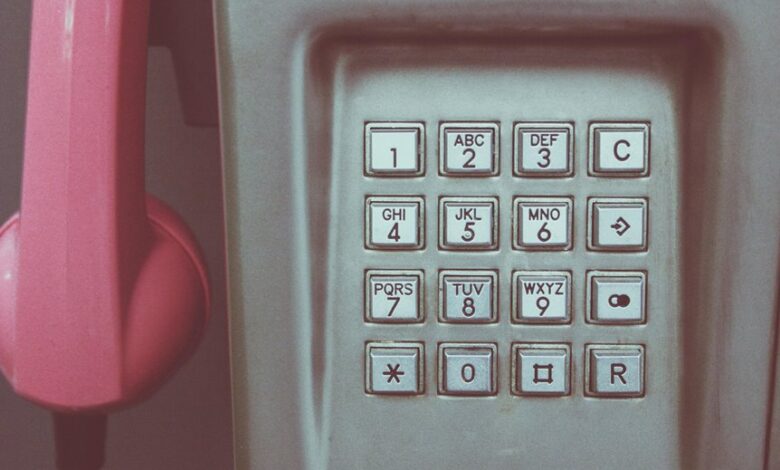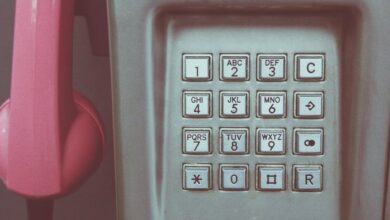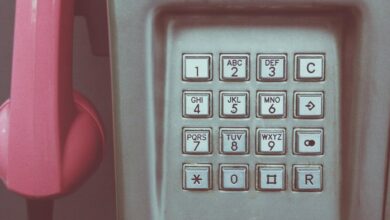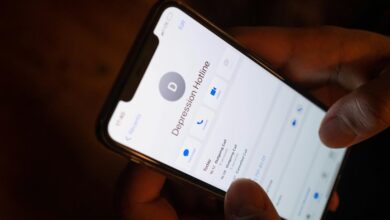Search Who Contacted You: 2392528000, 2394325100, 2409301374, 2482780890, 2482780892, 2487816921

In an era where unsolicited calls are commonplace, identifying unknown numbers has become crucial for personal security. The numbers 2392528000, 2394325100, 2409301374, 2482780890, 2482780892, and 2487816921 have raised concerns among recipients. Understanding the methods available for uncovering the identities behind these calls can significantly impact one’s safety. Exploring these options reveals a deeper layer of implications for those who choose to engage with unknown contacts.
Understanding the Importance of Caller Identification
Although caller identification may seem like a mere convenience, it plays a crucial role in modern communication by enhancing security and facilitating informed decision-making.
Caller ID empowers individuals to screen calls, thus safeguarding their phone privacy against unwanted intrusions. This technology enables users to assess the legitimacy of calls, thereby promoting a sense of autonomy and control in their communication landscape.
Methods to Identify Unknown Numbers
Identifying unknown numbers can be approached through various methods that leverage technology and user resources. Techniques include analyzing call logs, utilizing smartphone applications, and engaging community forums.
These methods challenge caller anonymity while preserving phone privacy. Users can harness social media and online databases, enhancing their ability to trace unidentified contacts, thus empowering them to reclaim control over their communication landscape.
Utilizing Reverse Phone Lookup Services
Leveraging reverse phone lookup services provides users with a systematic approach to uncovering the identity behind unknown numbers.
These services offer reverse lookup benefits, enabling individuals to verify callers and protect their phone privacy.
Users can utilize these tools effectively by adhering to phone privacy tips, ensuring a balance between information access and personal security, ultimately fostering a sense of freedom in communication.
Reporting Suspicious Calls
Recognizing spam calls is essential for maintaining personal security and minimizing disruptions.
Understanding the procedures for reporting these calls can significantly aid in combating this pervasive issue.
This section will outline the characteristics of suspicious calls and the steps individuals can take to report them effectively.
Recognizing Spam Calls
How can one discern legitimate calls from potential spam?
Recognizing spam calls is essential for caller safety. Individuals can utilize specific indicators to identify suspicious contacts:
- Unrecognized or unusual numbers
- High-pressure tactics or urgent language
- Requests for personal information
- Lack of caller identification
Reporting Procedures Explained
After identifying potential spam calls, it becomes important to understand the steps necessary for reporting such incidents.
Individuals should follow established reporting guidelines, which may include contacting local authorities or telecommunications providers.
Awareness of the legal implications of spam calls is crucial, as reporting can aid in preventing further incidents and contribute to broader efforts against telecommunication fraud.
Protecting Yourself From Scams
In an age where digital communication is ubiquitous, individuals must remain vigilant against the pervasive threat of scams.
Effective scam prevention entails adopting robust phone safety measures.
- Verify unknown callers before engaging.
- Use call-blocking apps to filter potential scams.
- Educate oneself on common scam tactics.
- Report suspicious calls to authorities promptly.
These practices empower individuals to safeguard their personal information and financial security.
Sharing Your Experiences With Unknown Callers
Although individuals often dismiss unknown callers as mere nuisances, sharing experiences with these contacts can provide valuable insights into prevalent scam tactics and caller behaviors.
By analyzing caller experiences, individuals can identify patterns in unknown interactions, contributing to a collective understanding of potential threats.
This knowledge empowers users to make informed decisions, enhancing their ability to protect themselves from future unsolicited communications.
Conclusion
In the digital age, receiving calls from unfamiliar numbers can often feel coincidental, yet it underscores a broader issue of security and privacy. Individuals encountering numbers like 2392528000 or 2409301374 may find shared experiences and insights through community engagement. By leveraging reverse phone lookup services and reporting suspicious activity, one can not only protect personal information but also contribute to a collective awareness. This interconnectedness highlights the importance of vigilance in an increasingly complex communication landscape.




